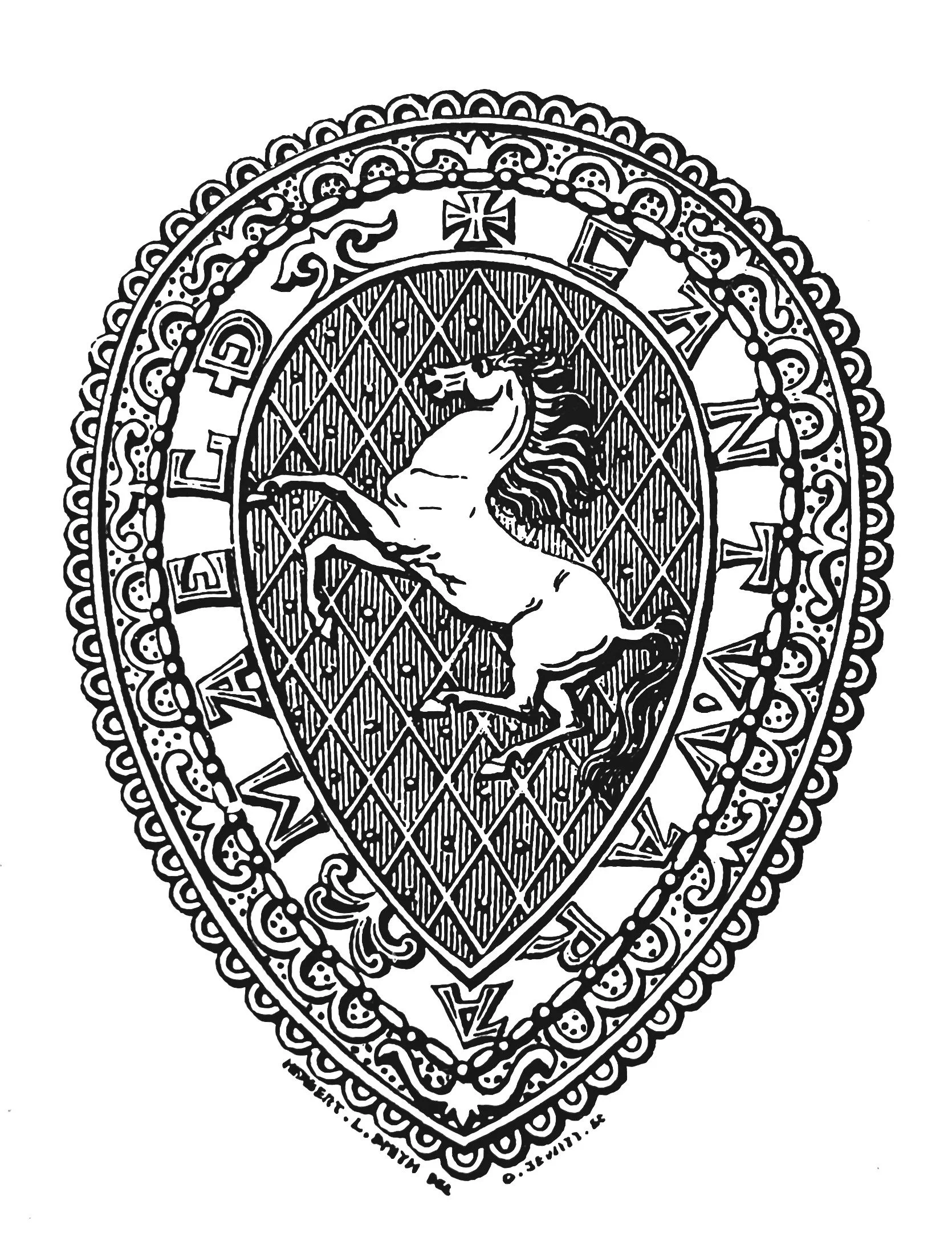
KAS Newsletter, Issue 35, Summer 1996
Contributions to the next issue are welcome. See the guidance for contributors and contact Editor Craig Campbell.
Search page
Search within this page here, search the collection page or search the website.
On Archaeology, Planning and Sites and Monuments Records
The Bexleyheath Railway
R.M. Lyne, 1996, KAS Newsletter, Issue 35 (Summer 1996). Maidstone: Kent Archaeological Society.
Kenneth Gravett, 1996, KAS Newsletter, Issue 35 (Summer 1996). Maidstone: Kent Archaeological Society.
Peter Draper, Hon. Librarian, KAS, 1996, KAS Newsletter, Issue 35 (Summer 1996). Maidstone: Kent Archaeological Society.
C. L. Sinclair Williams, 1996, KAS Newsletter, Issue 35 (Summer 1996). Maidstone: Kent Archaeological Society.
Alan Ward, 1996, KAS Newsletter, Issue 35 (Summer 1996). Maidstone: Kent Archaeological Society.
Andrew Moffat, Hon. General Secretary, KAS, 1996, KAS Newsletter, Issue 35 (Summer 1996). Maidstone: Kent Archaeological Society.


